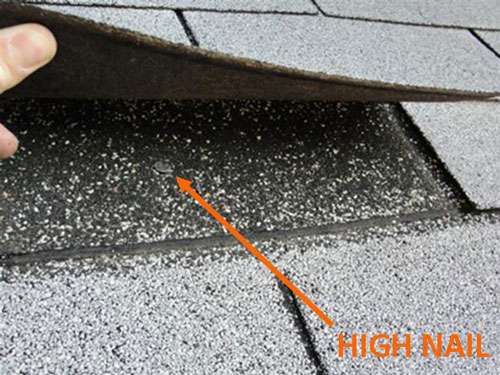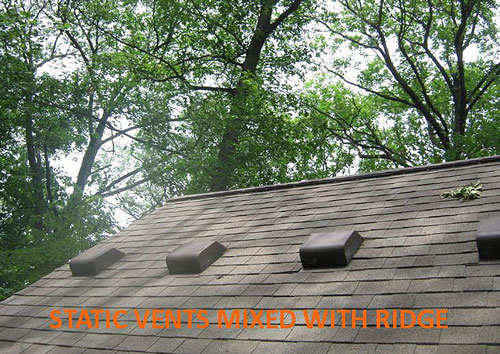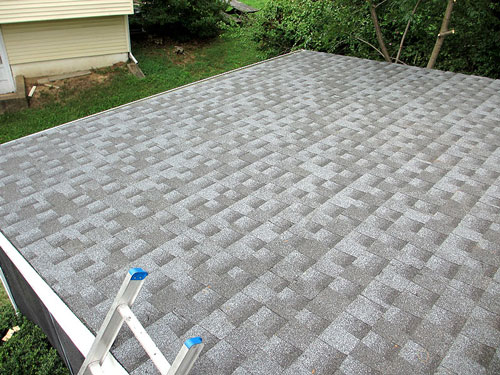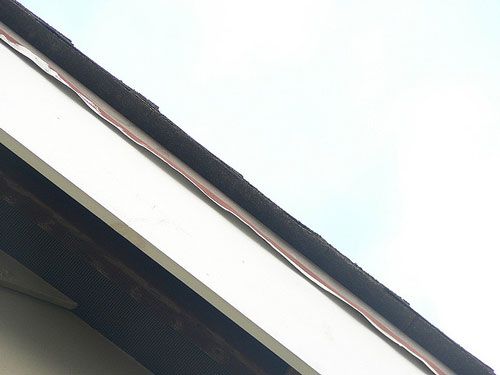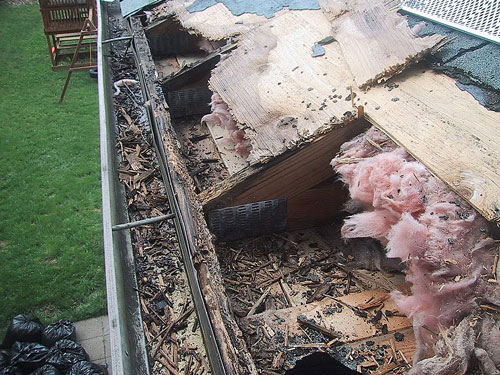Ensuring Complete Ventilation Systems
Plugged Soffit Ventilation: Intake Airflow Matters
Even properly installed soffit vents can become functionally useless if blocked from the interior. A common mistake occurs when insulation is installed directly against soffit openings, completely obstructing essential airflow into the attic space. This ventilation blockage traps moisture within your attic, creating perfect conditions for condensation problems, wood rot, and potential mold growth.
Proper installation requires either the use of Moore vents (Styrofoam baffles that create channels for airflow) or carefully pulled-back insulation to maintain clear air passages. Remember that balanced ventilation requires both proper exhaust and intake—blocked soffits effectively disable your entire ventilation system regardless of how many roof vents are installed.
